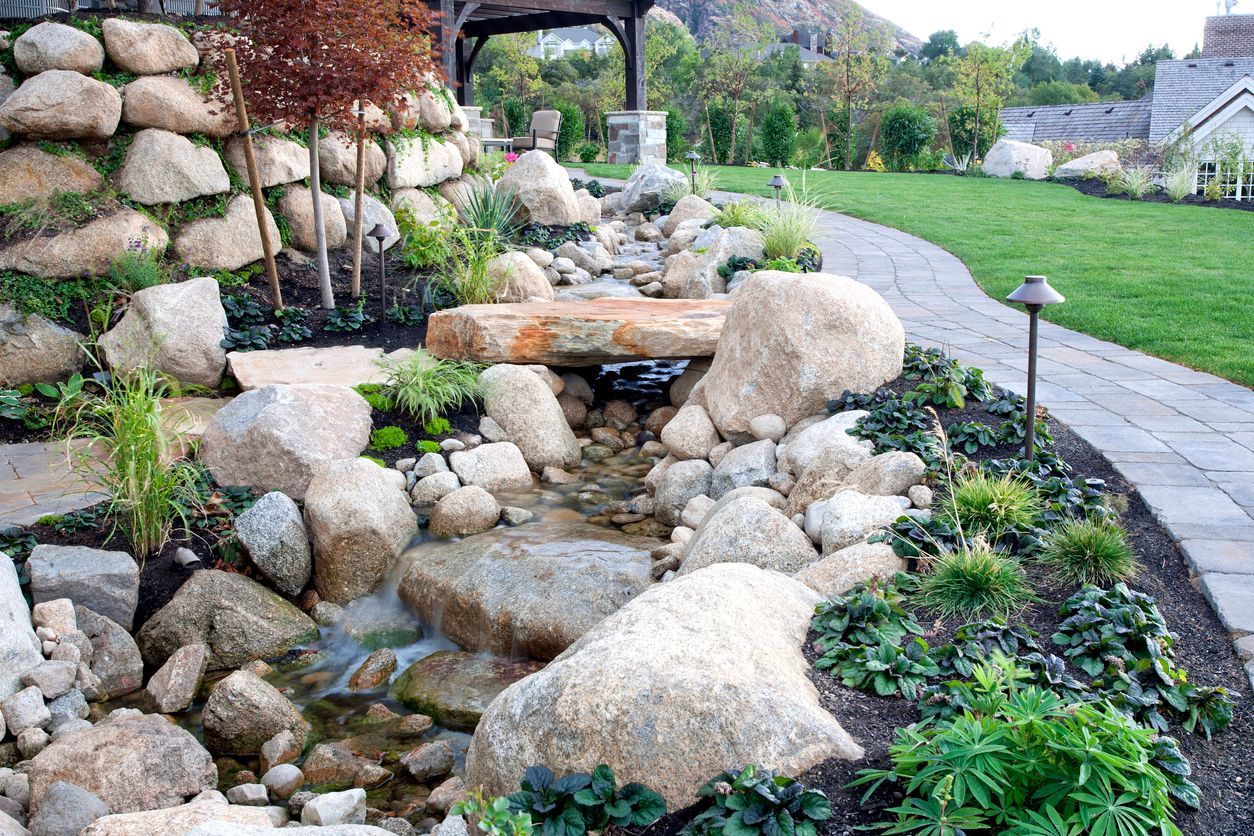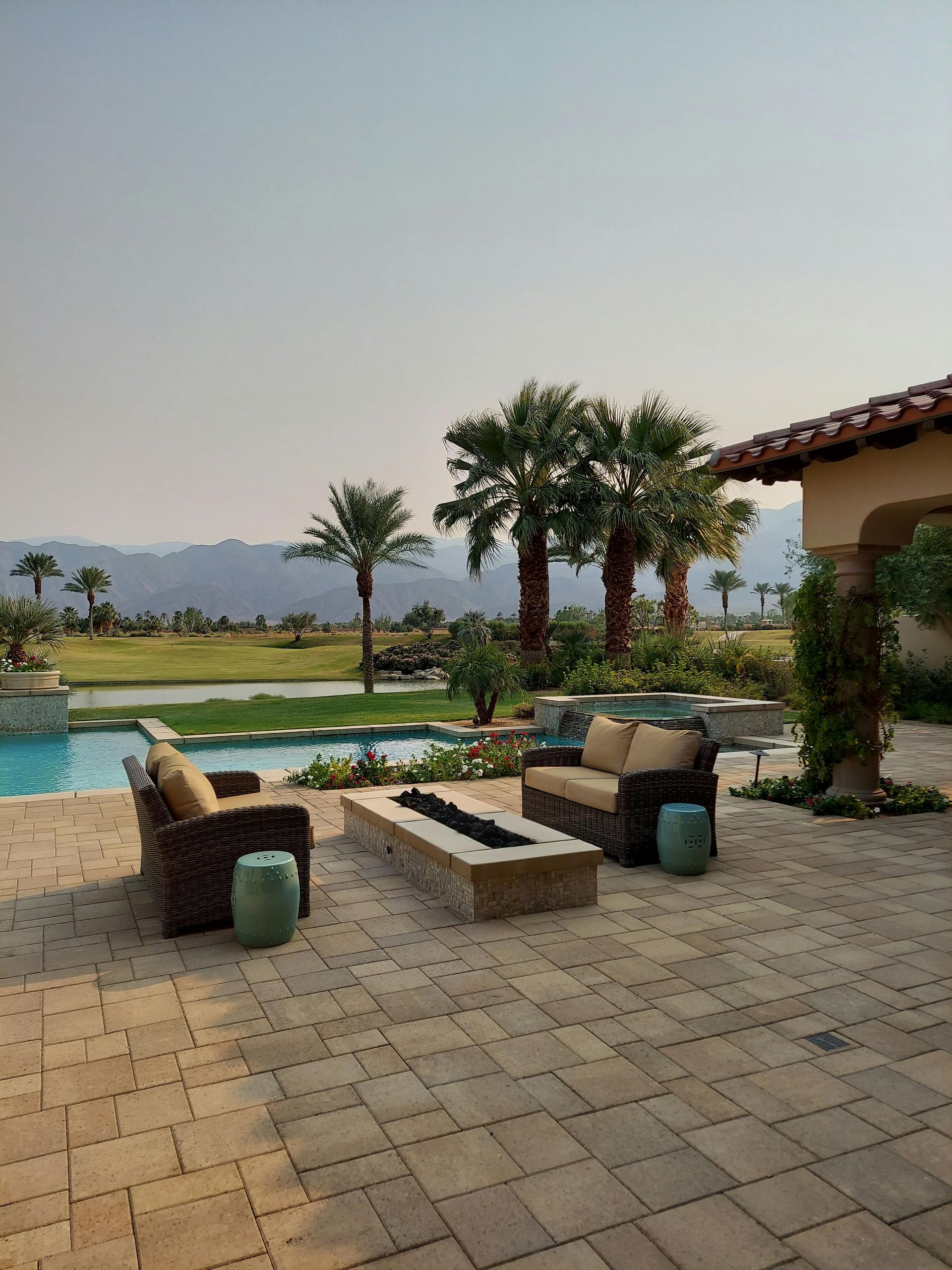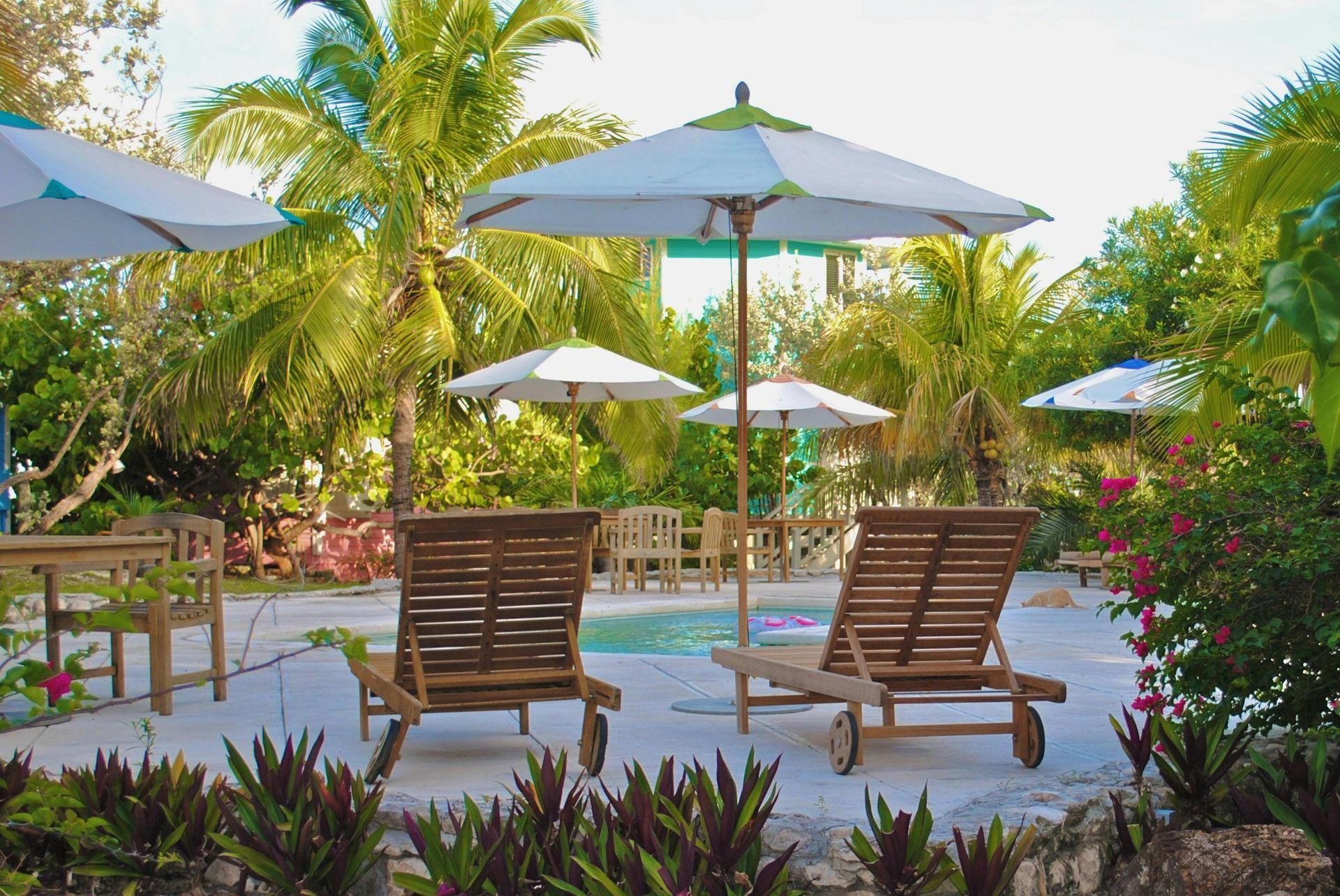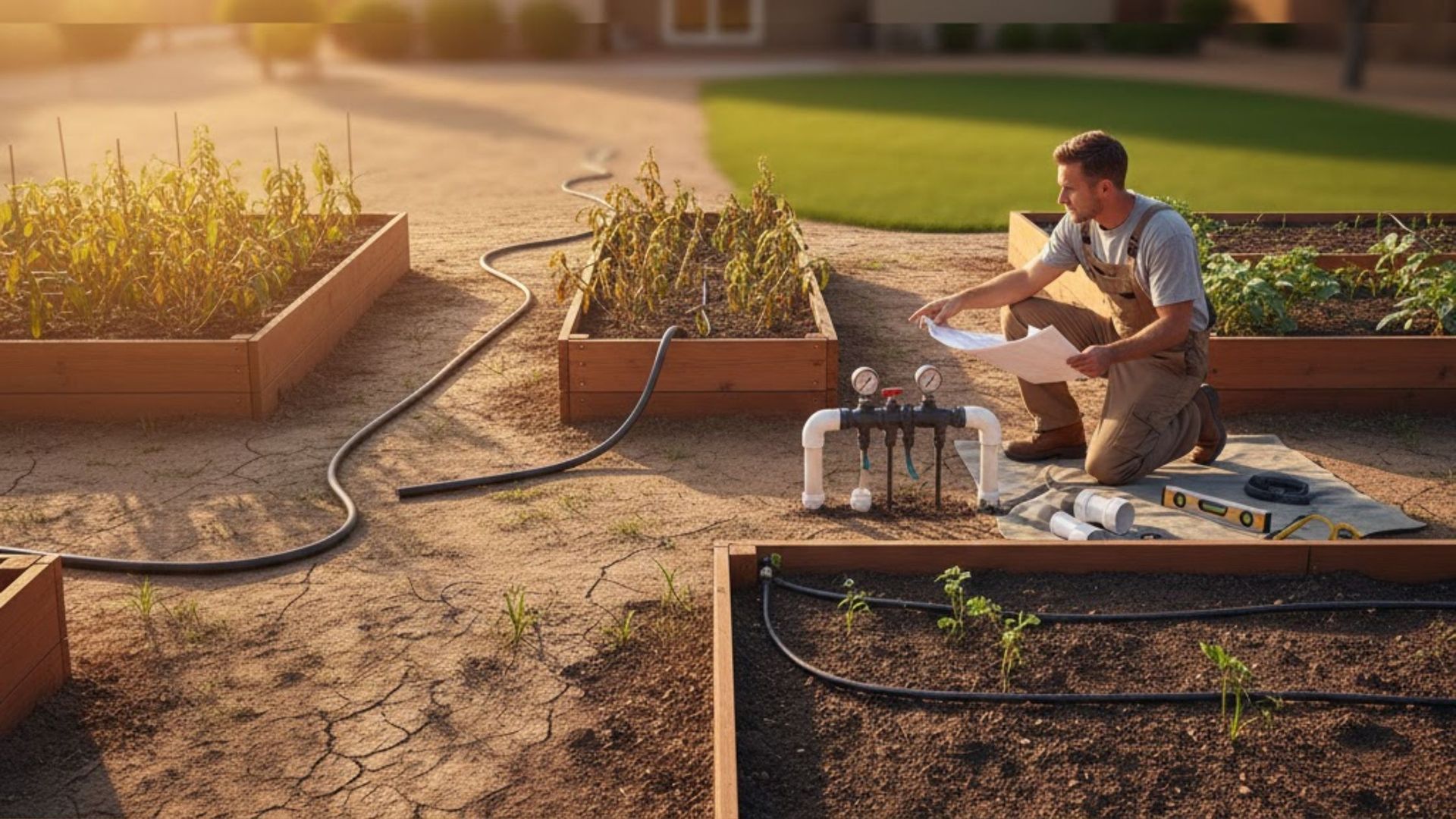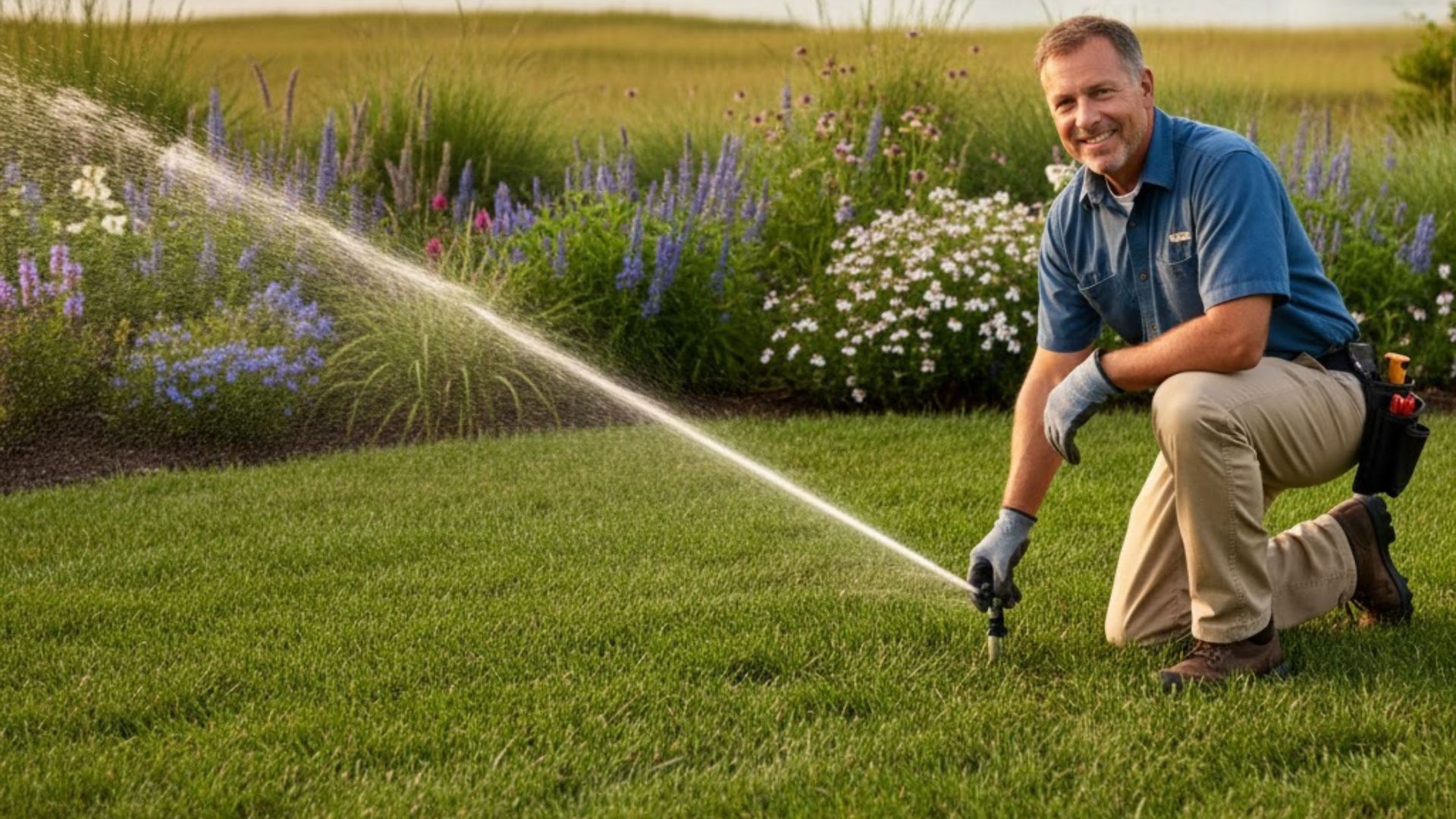Why is my yard not draining after rain in Hampton Roads?
Rainwater clinging to every blade of grass, muddy footprints marking your patio, and a soggy lawn that refuses to dry—these are the frustrating hallmarks of poor drainage in Hampton Roads. When your property lies flat against the tidewater region, heavy clay soils and a high water table conspire to keep puddles lingering long after the storm has passed. Whether you’ve noticed foundation cracks forming at the base of your home or you’re simply tired of tiptoeing around your yard, understanding why your landscape won’t shed water is the first step toward a lasting solution. In this blog, we’ll dive into proven techniques—from precision grading to strategic French drains—to reclaim a dry, usable outdoor space. Right at the heart of it all lies the question: could a Grading Service Hampton Roads reshape your yard’s destiny?
Why does the water pool in my yard after rain in Hampton Roads?
After a downpour, do you find yourself navigating a maze of puddles where there once was a lush lawn? In Hampton Roads, torrential rains and a flat coastal plain mean water often has nowhere to go. When your yard’s natural slope is insufficient, rainwater accumulates in low spots instead of flowing toward the street or storm drainage system. Compounded by heavy clay soils that absorb moisture slowly, even moderate showers can leave soggy patches that persist for days. To restore balance, you must tackle both the slope of your land and the soil’s absorption capacity—two factors at the center of every effective installation timeline for yard drainage.
High Water Table and Clay Soils
Living near sea level means your backyard likely sits on a shallow water table that keeps subterranean moisture close to the surface. Clay-rich soils, common in Tidewater, compact easily, trapping water above ground rather than letting it seep away. Without intervention, waterlogged soil suffocates grassroots and invites disease, moss, and pests. By improving soil structure with organic amendments or mechanical drainage solutions, you can turbocharge infiltration and prevent standing water from becoming a permanent feature of your landscape.
Improper Yard Slope and Grading
A yard with inadequate pitch is like a flat roof with no gutters—it simply won’t shed water. If your property slopes inadvertently toward your foundation or levels out in the middle, rainwater can cascade back toward the home or settle in depressions. Proper grading redirects water away from vulnerable areas and toward designated outlets, protecting your structure and revitalizing your lawn. A methodical regrade can transform problem zones into gentle swales that carry moisture where it belongs.
What is involved in a Grading Service Hampton Roads?
A Grading Service Hampton Roads begins with a meticulous evaluation of your property’s existing contours, soil types, and drainage patterns. Certified technicians use laser-level equipment to map the ground, identifying both high ridges and water-collecting basins. With those insights, the contractor defines the precise cuts and fills needed to establish a consistent slope—typically a 2% grade away from your home. Machinery then shapes the terrain, redistributing soil to create seamless transitions and eliminate localized puddles.
On-Site Evaluation
The initial walkthrough pinpoints trouble spots, notes downspout discharge locations, and measures slope variance with handheld or laser-guided tools. Technicians record data to craft a grading blueprint tailored to both your yard’s topography and desired landscaping features.
Planning & Preparation
Once the grading plan is drafted, irrigation lines are flagged, and fragile plants are protected or relocated. This prep phase often includes discussing each step with the homeowner, clarifying the contractor installation process and timeline.
Precision Grading Techniques
Specialized skid steers, box blades, and motor graders sculpt the soil to within fractions of an inch of the target level. Attention to compaction and moisture balance ensures the newly sloped ground retains stability and resists future erosion.
Final Touches & Clean-Up
After achieving the correct pitch, crews smooth the soil, restore any disturbed turf, and rake the surface ready for seed or sod. All machinery and debris are removed, leaving you with a clean, dry canvas for your next outdoor project.
In a landscape makeover, selecting a trusted Grading Service Hampton Roads provider makes all the difference. Their expertise streamlines the transition from a puddle-prone yard to a resilient, build-ready terrain.
How does a French drain system address standing water issues?
French drains are underground trenches filled with gravel and a perforated pipe that intercepts and redirects subsurface water away from your property. By digging below the soil’s active water zone, the system captures excess moisture before it saturates the topsoil. A slight slope in the pipe guides water toward a designated outlet such as a dry well, storm sewer, or daylight swale. This reliable solution excels in low-lying areas or beneath patios and driveways where surface grading alone cannot reach.
Installation Timeline for French Drain
A typical installation timeline spans from one to three days, depending on trench length and site complexity. Day one involves marking utilities and excavation; day two sets the pipe and backfill; day three completes surface restoration and handover. Coordination with other landscape projects, like planting beds or paver installation, ensures the French drain integrates seamlessly into your overall design.
What gutter project steps ensure optimal drainage?
Your gutters and downspouts form the first line of defense against yard flooding by channeling rooftop water safely to the ground. To keep them from becoming part of the problem, you must follow proven
gutter project steps inspired by professional installers. Start by assessing existing downspout locations, gutter pitch, and potential clog zones. Next, install or adjust hangers to maintain a consistent slope toward each downspout. Add extensions that deposit water several feet from the foundation. Finally, integrate filtered outlets or downspout covers to prevent debris from entering drainage lines.
Maintenance involves biannual cleaning and inspections after heavy storms to spot leaks or misalignments before they cause yard saturation. By combining roofwater management with ground-level grading, you achieve comprehensive protection from rainwater intrusion.
If you have questions about aligning your roof drainage with landscape solutions, feel free to
Contact us for personalized guidance and quotes.
When should you consider drainage swales, rain gardens, or sump pumps?
While grading and underground drains address most pooling issues, certain landscapes benefit from supplemental water management features. Drainage swales, rain gardens, and sump pumps each serve unique roles depending on yard conditions and aesthetic goals.
Drainage Swales
Swales are shallow channels carved into the landscape to guide surface runoff along a planned route. Typically lined with river rock or stabilized with turf, swales prevent erosion while moving water to retention areas or storm drains. They double as attractive watercourses when integrated into landscape design.
Rain Gardens
A rain garden is a planted depression featuring water-tolerant species like ferns, switchgrass, or sedges. Filling depressions where water naturally accumulates, these gardens absorb and filter stormwater through engineered soil mixes. Beyond functional drainage, rain gardens contribute habitat value and seasonal color.
Sump Pumps
For properties with basements or window wells prone to flooding, a sump pump collects water in a small pit and ejects it away from the foundation on demand. This mechanical solution reacts quickly during heavy rains, ensuring indoor spaces stay dry even when exterior conditions are challenging.
How to maintain and extend the lifespan of your drainage solution?
Even the most robust yard grading or French drain requires routine attention to keep water flowing smoothly. Twice yearly, clear gutters of leaves and debris, and examine downspout extensions for clogs. Inspect exposed gravel or swale channels for sediment buildup, and hose them down if needed. Check for new depressions or washouts in lawns, which may signal settling beneath the surface. For mechanical systems, test the sump pump’s float switch and battery backup to ensure prompt operation during power outages. Proactive maintenance saves thousands in repair costs and preserves the health of both soil and turf.
For ongoing support or to schedule a seasonal inspection, reach out to
Hampton Roads Irrigation & Landscape—your local experts in comprehensive water management.
Common mistakes in the contractor installation process and how to avoid them
Hiring a professional doesn’t guarantee perfection. Miscommunication about the grading scope can lead to undercut slopes or uneven fill. Overlooking utility lines delays excavation and may compromise safety. Skipping soil compaction tests risks future settling and depressions. To sidestep these pitfalls, demand a detailed proposal outlining each phase—site survey, equipment staging, cut-and-fill operations, and final grade verification. Ask for references of similar local projects, and confirm that your contractor carries adequate insurance and licensing. Clear expectations from the outset keep your drainage upgrade on schedule and within budget.
How long will it take to see results from yard grading and drainage improvements?
Patience pays off when it comes to yard drainage. After grading and drain installation, you should notice a marked reduction in surface water within 24 to 48 hours following the next rain event. Full turf recovery and soil stabilization can take four to six weeks, as grass roots adapt and organic matter disperses evenly. Mechanical systems like French drains work immediately underground, whereas rain gardens develop peak performance over their first growing season. By setting realistic milestones—immediate test rains, one-month inspections, and seasonal reviews—you gauge success and identify any adjustments needed in your landscape.
FAQs
Q1: How deep should a French drain be installed in Hampton Roads soils?
A French drain trench typically ranges from 12 to 24 inches deep, depending on your soil’s percolation rate and the desired drainage capacity. In clay soils common to Hampton Roads, deeper trenches (18–24 inches) help bypass the slowly absorbing top layer.
Q2: Can I grade my yard myself or should I hire a professional?
DIY grading works for minor slope corrections, but large regrades and installations near foundations demand heavy machinery and precise laser-level grading. To ensure reliable results and avoid property damage, hiring a certified grading contractor is recommended.
Q3: What plants are best for a rain garden in my yard?
Native wetland species like Joe-Pye weed, swamp milkweed, and cinnamon fern thrive in rain gardens. They tolerate occasional flooding while enhancing biodiversity and filtering pollutants from stormwater.
Q4: How often should I clean my gutters to prevent yard flooding?
Aim for gutter cleaning at least twice a year—once in early spring and again in late autumn. If your property has overhanging trees, quarterly cleanings further reduce the risk of clogs that send overflow into your yard.
Q5: Will adding organic matter to compacted clay soils fix drainage problems?
Amending clay with compost, sand, or biochar improves soil structure and permeability. While it won’t replace the need for proper grading on flat areas, enhanced soil quality accelerates water infiltration and supports healthy turf.
Conclusion
Persistent puddles and soggy grass don’t have to define your outdoor experience in Hampton Roads. From reshaping your landscape with a precision-focused
Grading Service Hampton Roads to installing subsurface French drains and attractive rain gardens, you have the expertise and strategies needed to combat standing water. With knowledgeable partners in the region, you’ll navigate every
gutter project steps sequence and
contractor installation process detail confidently. Trust
Hampton Roads Irrigation & Landscape to deliver tailored solutions that get water off your lawn for good. Ready to reclaim a dry, durable yard? Reach out today for a customized drainage plan that stands up to the next downpour.

